Rutile
Rutile is an unusual mineral which will likely be most popular with the more serious mineral collectors.
These pieces are specimens of Rutile itself – not as an inclusion into another mineral, for example Rutilated Quartz.
Showing all 13 results
-
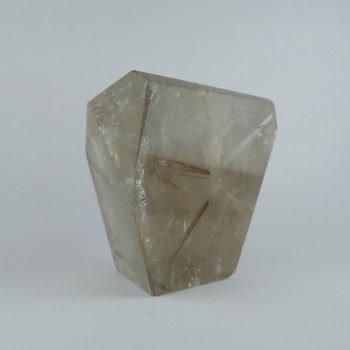
Polished Quartz freeforms (Rutilated/Smoky)
Price range: £10.00 through £15.00 -
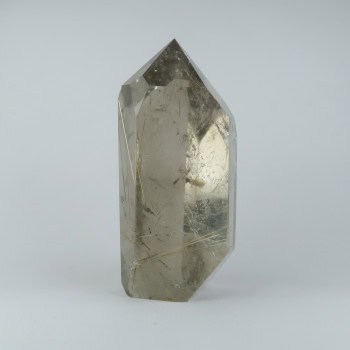
Quartz obelisks (Rutilated/Smoky)
Price range: £12.50 through £15.00 -
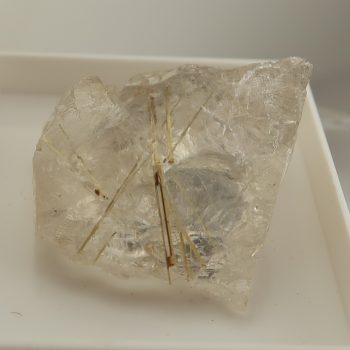
Quartz Specimens / Rough (Rutilated)
Price range: £3.50 through £10.00 -
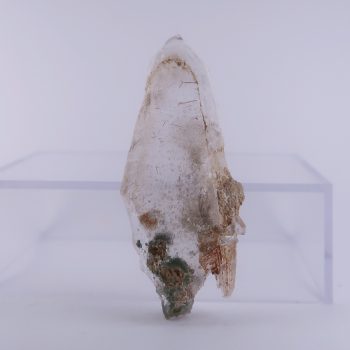
Rutile and Quartz from Saurüssel, Austria
£15.00 -
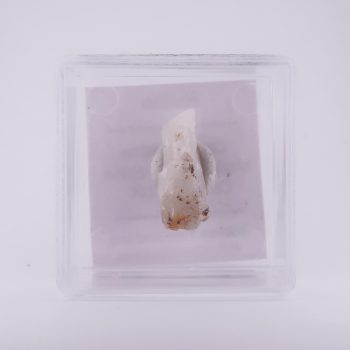
Rutile from Carrock Mine, Cumbria
£7.50 -
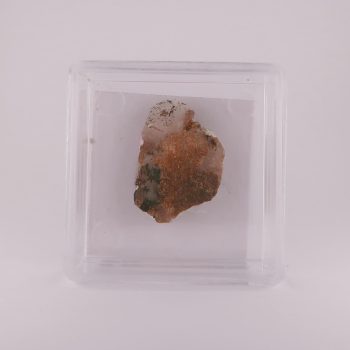
Rutile from Lanterdan Quarry, Cornwall
£10.00 -
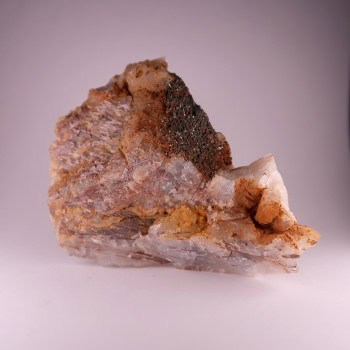
Rutile from Lochan na Lairige, Scotland
£35.00 -
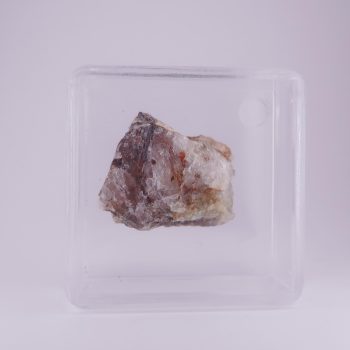
Rutile from Rabenwald, Austria
£10.00 -
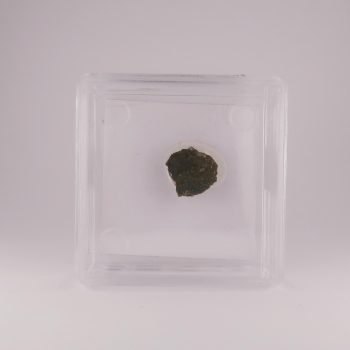
Rutile from Tanygrisiau Railway Station, Wales
£5.00 -
New
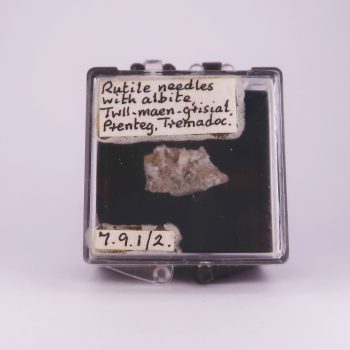
Rutile from Twll Maen Grisial, Wales
£10.00 -
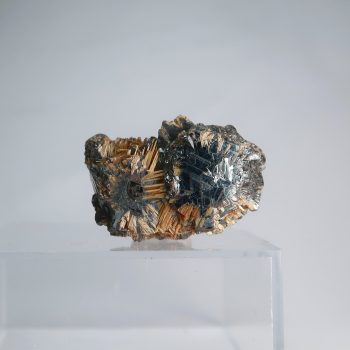
Rutile in Hematite specimens
Price range: £5.00 through £10.00 -
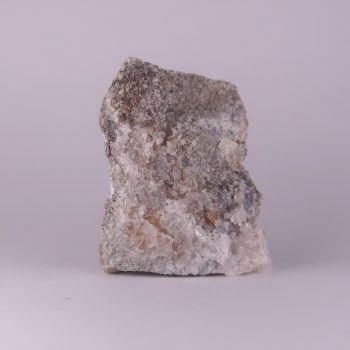
Rutile, Hematite, and Quartz from Kongsli, Norway
£20.00 -
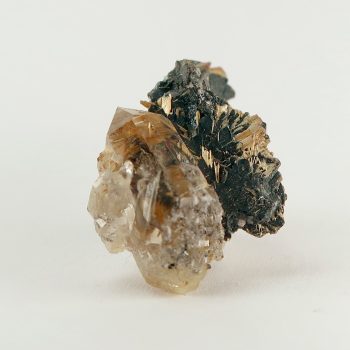
Rutile, Hematite, and Rutilated Quartz from Novo Horizonte, Brazil
£250.00
Appearance, Uses and History
Rutile is well known for forming needle like inclusions in other materials; especially Quartz, which is known as Rutilated Quartz.
These pieces are used as collectors specimens, or rarely, gemstones. Rutile actually cuts great faceted stones, but unfortunately the larger cuts appear opaque, which limits the size at which they can be cut.
Thin inclusions of Rutile needles are the cause of some interesting optical effects such as asterism in certain stones; including ‘star’ Sapphires.
Rutiles primary use is as an ore of Titanium, but it is also used industrially as a pigment for white paints and ceramic glazes.
Synthetic Rutile has been created, and they are sometimes used for jewellery. They are nearly colourless, with a yellow or brown tinge. They were for a time used as substitutes for Diamond!
The mineral was known as ‘red schorl’ in the past. This is likely due to its similarity to schorl when included, aka black Tourmaline. To be clear – rutile is not a form of schorl.
Locales
Rutile can be found in a range of locales worldwide as crystals or as inclusions, including parts of Armenia, Australia, Austria, Belgium, Brazil, Bulgaria, Canada, Chile, Czechia, Finland, France, Germany, Greece, Hungary, Italy, Madagascar, Mexico, Mozambique, Namibia, Norway, Pakistan, Portugal, Russia, Sierra Leone, Slovakia, Spain, Sweden, Switzerland, the UK, the USA, and Zambia.
Distinct crystals can occur too, with excellent specimens found across much of Europe and a few of the ‘usual suspects’ worldwide – Armenia, Austria, Brazil, Canada, France, Germany, Italy, Madagascar, Namibia, Pakistan, Spain, Switzerland, the USA, and Zambia.
Mineralogy
Hazards and Warnings
Almost all rocks, minerals (and, frankly, almost all other substances on earth) can produce toxic dust when cutting, which can cause serious respiratory conditions including silicosis.
When cutting or polishing rocks, minerals, shells, etc, all work should be done wet to minimise the dust, and a suitable respirator or extraction system should be used.
Translations
Arabic:
- الروتيل
Hindi:
- रूटाइल
Portuguese:
- rutilo
Bengali:
Indonesian:
Punjabi:
English:
- rutile
Italian:
- rutilo
Russian:
- рутил
French:
Japanese:
- ルチル
Spanish:
- Rutilo
German:
- Rutil
Korean:
- 금홍석
Thai:
Gujurati:
Mandarin and Traditional Chinese:
- 金紅石
Urdu:
